Imagine waking up one morning to find the sun has simply vanished from the sky. Not hidden behind clouds, not experiencing an eclipse, but completely extinguished like someone flipped a cosmic light switch. This isn’t science fiction anymore when we dive into the terrifying reality of what would happen if our life-giving star disappeared for just seven days. The consequences would be far more catastrophic than most people realize, affecting everything from the air we breathe to the very fabric of human civilization. While this scenario is astronomically unlikely, exploring it reveals just how delicately balanced our existence really is.
The First 24 Hours: Immediate Global Chaos

The moment the sun goes dark, Earth doesn’t instantly freeze into a lifeless ice ball. Our planet holds onto heat for a surprising amount of time, similar to how a heated car engine stays warm long after being turned off. Within the first few hours, global temperatures would begin dropping, but most regions would still maintain somewhat livable conditions.
However, the psychological impact would be immediate and devastating. Communication networks would crash under the weight of panicked populations trying to reach loved ones. Stock markets would plummet worldwide as investors realize the magnitude of the crisis. Emergency services would be overwhelmed with calls from terrified citizens, while governments would struggle to maintain order as rumors and misinformation spread faster than wildfire.
Photosynthesis Stops Dead in Its Tracks
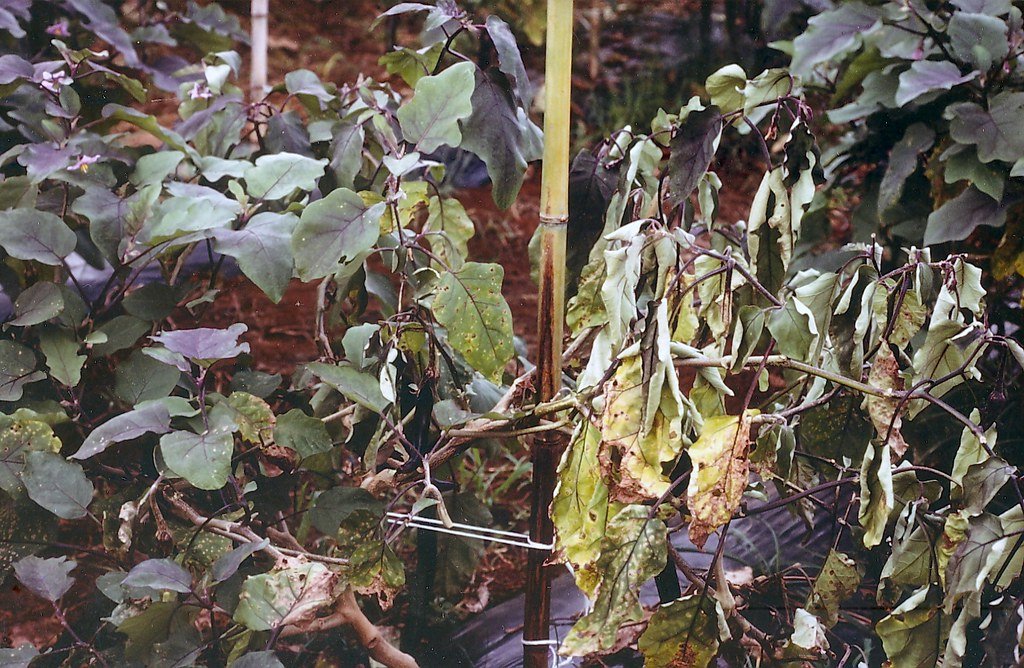
Every green plant on Earth would immediately begin the slow process of dying. Photosynthesis, the fundamental process that converts sunlight into energy and produces oxygen, would cease completely. This doesn’t just affect the plants themselves – it impacts the entire food chain that depends on them.
Trees would begin consuming their stored energy reserves, but without new energy input, they’d start shutting down non-essential functions. Leaves would begin changing color and falling as plants enter a survival mode they’ve never experienced before. The Earth’s primary oxygen producers would essentially go into a coma, unable to contribute any fresh oxygen to our atmosphere.
Ocean Currents Begin Their Dangerous Dance
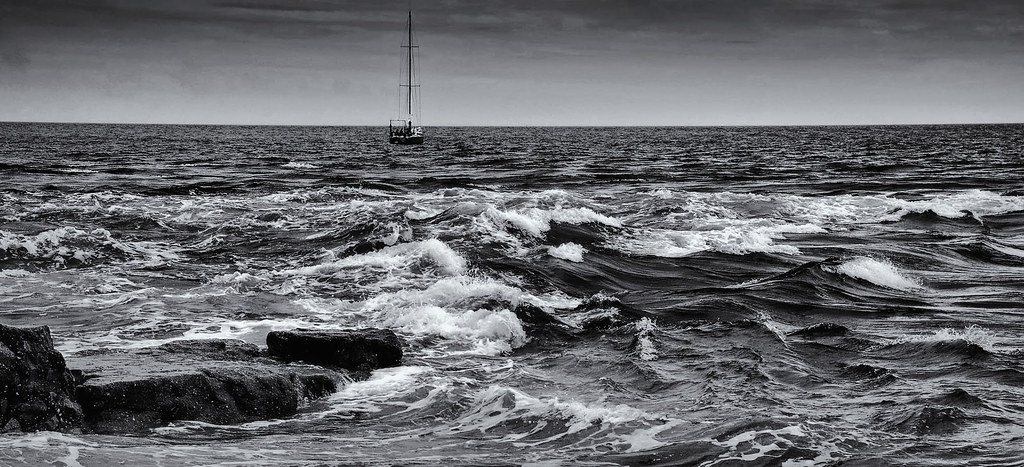
The sun doesn’t just warm the surface of our planet – it drives the massive ocean currents that regulate global climate. Without solar heating, these currents would begin to slow and eventually stop altogether. The Gulf Stream, which keeps Europe’s climate relatively mild, would weaken significantly within the first few days.
This disruption would affect weather patterns globally. Regions that depend on ocean currents for temperature regulation would experience dramatic climate shifts. Coastal areas would see unusual wave patterns and tidal changes as the ocean’s circulation system begins to collapse.
The Temperature Drop Becomes Brutal

By day three, the temperature drop would become increasingly noticeable and dangerous. Without the sun’s constant energy input, Earth’s average temperature would begin falling at an alarming rate. The first areas to feel the brutal cold would be the polar regions, where temperatures would plummet to levels that make current Arctic conditions seem tropical.
Urban areas would initially fare better due to stored heat in concrete and asphalt, but even these heat islands would begin losing their warmth. The greenhouse effect would work in reverse, trapping cold air close to the surface instead of warm air. Many regions would experience their first frost, killing sensitive vegetation and crops that humanity relies on for food.
Wildlife Faces an Impossible Challenge

Animals would face an unprecedented survival crisis. Nocturnal creatures might initially seem better adapted to the permanent darkness, but they too depend on the sun’s energy through their food sources. Predators would struggle to hunt as their prey becomes increasingly scarce and disoriented.
Birds would become completely confused by the lack of daylight cues they use for navigation and daily activities. Many species would attempt to migrate, but without the sun’s position to guide them, they’d become lost and exhausted. Hibernating animals might wake up prematurely, sensing the dramatic environmental changes, only to find no food sources available.
Marine life would face their own unique challenges as ocean temperatures begin dropping and the lack of sunlight affects phytoplankton – the foundation of ocean food chains.
Power Grids Under Unprecedented Strain

As temperatures drop, energy consumption would skyrocket as people desperately try to heat their homes and businesses. Power grids designed for normal usage patterns would face demand levels they’ve never encountered. Solar power systems would become completely useless, removing a significant energy source from many regions.
Rolling blackouts would become common as utilities struggle to meet demand. Countries heavily dependent on renewable energy would face severe shortages. The increased reliance on fossil fuels would create supply chain issues as everyone simultaneously tries to secure heating oil, natural gas, and coal.
Emergency services would compete with residential users for limited power resources, creating difficult decisions about which facilities to prioritize.
Food Systems Collapse Within Days

Modern agriculture would face immediate catastrophe. Greenhouse operations might survive slightly longer with artificial heating, but the cost would be astronomical. Outdoor crops would begin dying from the cold and lack of sunlight, creating food shortages that would manifest within days.
Livestock would face dual challenges: freezing temperatures and a lack of feed as crops fail. Dairy production would drop dramatically as stressed animals reduce milk output. Meat processing facilities would struggle to maintain operations without adequate power supply.
Supply chains would break down as transportation becomes increasingly difficult due to weather conditions and fuel shortages. Grocery stores would see panic buying followed by empty shelves as shipments stop arriving.
Human Psychology Reaches Breaking Point

The psychological impact of permanent darkness would be far more severe than most people anticipate. Seasonal Affective Disorder would affect virtually everyone, but multiplied by factors never before experienced. The absence of natural light would disrupt circadian rhythms, leading to widespread sleep disorders and mental health crises.
Social structures would begin breaking down as people become increasingly desperate and irrational. The normal social contracts that keep civilization functioning would strain under the pressure of survival instincts. Communities would either band together in unprecedented cooperation or fragment into competing groups fighting over dwindling resources.
Children would be particularly affected, unable to understand why their world has suddenly become so dark and frightening. Schools would close not just due to energy concerns, but because maintaining normal childhood routines would become impossible.
Water Systems Face Critical Failures
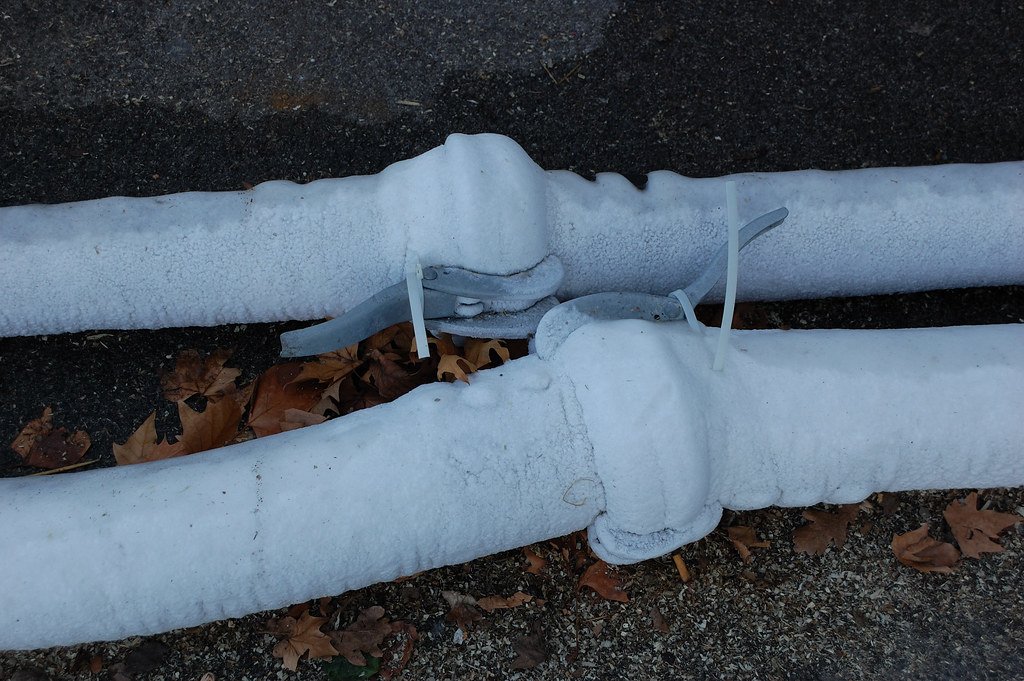
Municipal water systems would face cascading failures as pipes begin freezing in the dropping temperatures. Water treatment facilities would struggle to maintain operations without adequate power supplies. The lack of evaporation would disrupt the natural water cycle, though this would be less noticeable in just seven days.
Wells and natural water sources would begin freezing, making access to fresh water increasingly difficult. The combination of frozen pipes and increased demand for water to fill emergency containers would strain remaining functional systems. Boiling water would become more common as treatment facilities fail, but this would require precious fuel resources.
Technology and Communication Networks Crumble

Modern communication networks would face unprecedented challenges. Cell towers would struggle to maintain power as electrical grids fail. Internet infrastructure would become increasingly unreliable as data centers can’t maintain adequate power supplies for cooling and operations.
Satellite systems would continue functioning initially, but ground-based communication would become sporadic. GPS systems might work, but the devices using them would face battery and power issues. The digital infrastructure that modern society depends on would begin a slow collapse.
Emergency communication systems would become critical but overwhelmed. Radio broadcasts would likely be the most reliable form of mass communication, but even these would be limited by power availability.
Transportation Grinds to a Halt
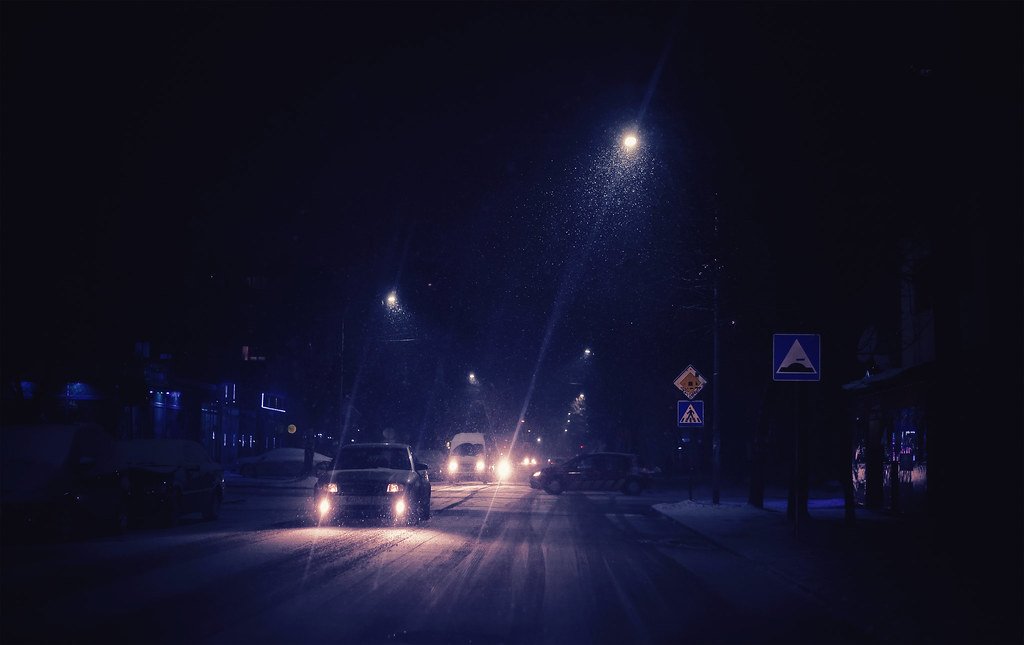
Roads would become increasingly dangerous as ice and snow accumulate without the sun’s melting effect. Airports would face massive cancellations as visibility drops and runway conditions become hazardous. The aviation industry would essentially shut down except for the most critical emergency flights.
Public transportation systems would struggle to maintain schedules as power becomes unreliable and infrastructure faces weather-related damage. Many cities would declare transportation emergencies, advising people to stay home except for absolute necessities.
Shipping and supply chains would face complete disruption. Ocean freight would become extremely dangerous as sea conditions deteriorate without solar heating. The global economy would essentially freeze along with the planet.
Medical Systems Overwhelmed

Hospitals would face unprecedented challenges as cold-related injuries surge while power systems become unreliable. Hypothermia cases would flood emergency rooms, but treating them would become increasingly difficult without adequate heating and power. Medical equipment requiring consistent electricity would become unreliable.
Pharmaceutical supply chains would break down, making critical medications scarce. Diabetics, heart patients, and others requiring regular medications would face life-threatening shortages. Mental health services would be overwhelmed as the psychological impact of the crisis affects entire populations.
Emergency medical services would struggle to reach patients as roads become impassable and vehicles face mechanical failures in extreme cold. The healthcare system would shift from treating normal ailments to crisis survival medicine.
Economic Collapse Accelerates

Global financial markets would cease normal operations as the magnitude of the crisis becomes clear. Currency values would fluctuate wildly as investors try to understand what has value in a world without sunlight. Traditional economic models would become meaningless in the face of species-level survival concerns.
Barter systems would begin emerging as people realize money has limited value when basic survival resources are scarce. Food, fuel, and medicine would become the new currency. Banks would struggle to maintain operations as power systems fail and staff can’t safely travel to work.
Insurance companies would face claims beyond anything they’ve ever calculated. The very concept of business continuity would become irrelevant as everyone focuses on immediate survival rather than long-term economic planning.
Government and Military Response
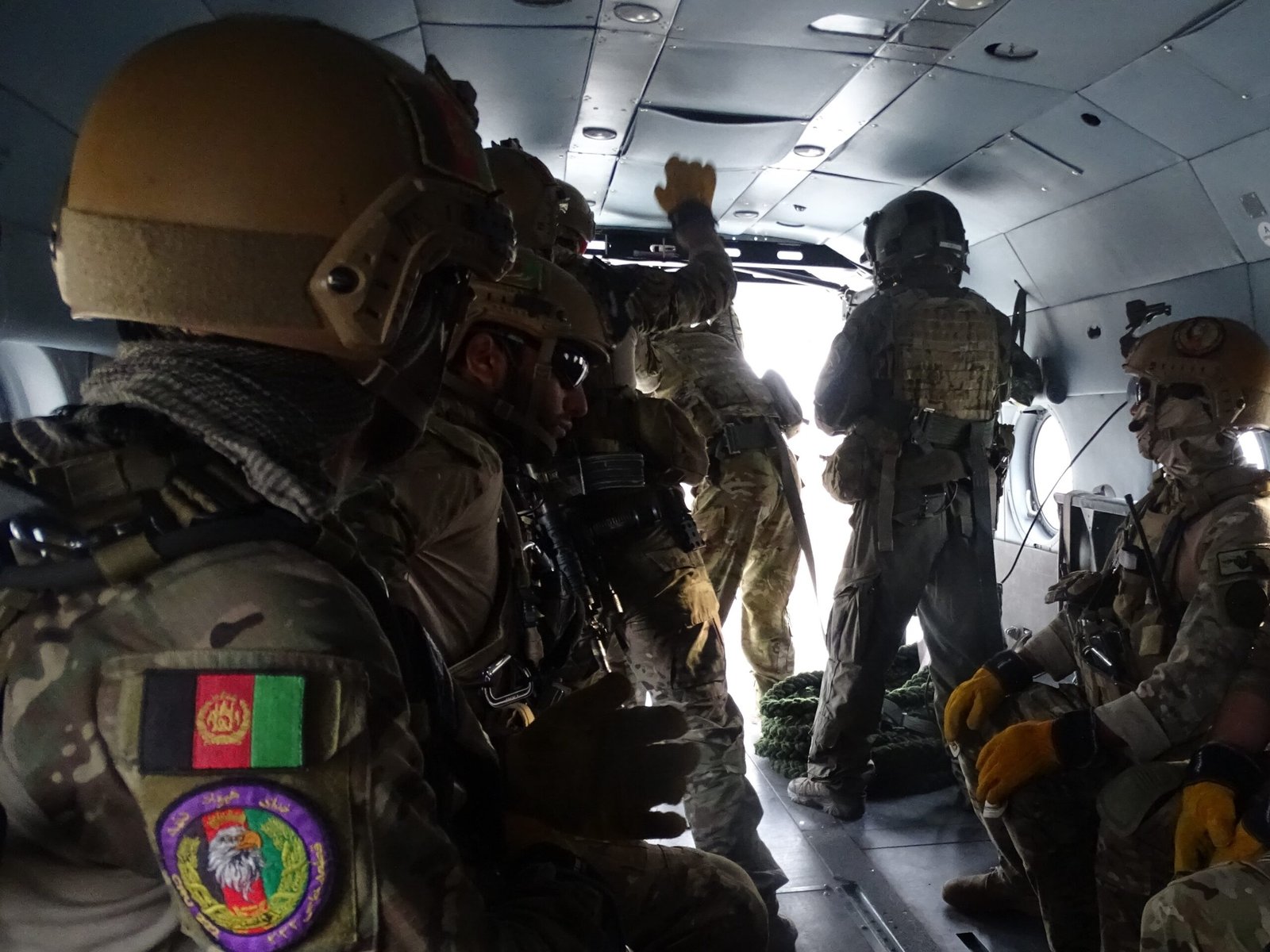
Governments would likely declare martial law as they struggle to maintain order and distribute limited resources. Military forces would shift from national defense to domestic crisis management, helping with evacuation and resource distribution. The complexity of coordinating response efforts across multiple failing systems would challenge even the most prepared nations.
International cooperation would become both more critical and more difficult as each country focuses on its own survival. Nuclear weapons would remain a concern as command and control systems face power and communication challenges. The military’s role would shift from defense to basic survival logistics.
Democracy would face severe testing as emergency powers become necessary but potentially dangerous to civil liberties. The balance between maintaining order and preserving freedoms would create tensions that could have lasting effects even after the crisis ends.
Religious and Cultural Responses

Religious communities would likely interpret the event through their own theological frameworks, some seeing it as divine punishment while others view it as a test of faith. Places of worship would become community centers for mutual support and resource sharing. Religious leaders would face the challenge of providing comfort while dealing with their own fears and uncertainties.
Cultural institutions like museums and libraries would close to conserve power, but they might also become important sources of information about historical survival techniques. Traditional knowledge about living without modern conveniences would suddenly become invaluable.
The crisis would likely accelerate both social breakdown and community bonding simultaneously. Some groups would fragment under pressure while others would discover unprecedented cooperation and mutual support.
Scientific Community Mobilizes

Scientists around the world would work frantically to understand the phenomenon and develop solutions. Research institutions would shift their focus entirely to immediate survival research – how to grow food without sunlight, how to maintain heat efficiently, and how to preserve oxygen production. The scientific method would face its ultimate test in a crisis requiring immediate answers.
Climate scientists would work to model the rapid changes and predict what areas might remain habitable longest. Astronomers would try to understand what happened to the sun and whether it might return. The collaboration between different scientific disciplines would be unprecedented as survival becomes the primary research goal.
Scientific communication would become critical as researchers try to share vital information through failing communication networks. The race to find solutions would bring out both the best and worst in human innovation and cooperation.
Preparation and Survival Strategies
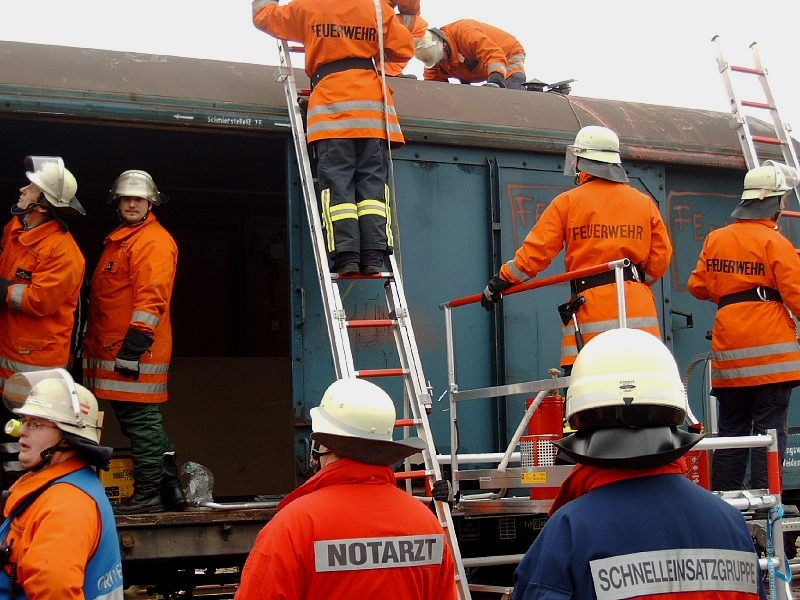
Communities that had invested in disaster preparedness would fare better initially, but even the most prepared would face challenges beyond their planning. Underground facilities would become premium real estate as people seek protection from the cold. Survival knowledge that seemed like hobby information would suddenly become life-or-death skills.
Indoor growing operations would become critical for food production, but these would require enormous amounts of artificial light and heat. Communities would need to organize resource sharing and skill pooling to maximize survival chances. The individualistic tendencies of modern society would need to give way to collective survival strategies.
Traditional survival techniques from indigenous cultures would become invaluable as modern technology fails. The ability to create fire, preserve food, and maintain warmth without modern conveniences would determine life and death for many communities.
What Happens When the Sun Returns

If the sun returned after seven days, the world would face a different but equally challenging crisis. The immediate relief would be tempered by the massive damage done to infrastructure, ecosystems, and human society. Many plants would be dead or severely damaged, creating food shortages that would persist for months or years.
The economic damage would take decades to repair as global supply chains would need complete rebuilding. The psychological trauma would affect entire generations, changing how humans think about their relationship with the natural world. The social and political changes triggered by the crisis would have lasting impacts on governance and international relations.
However, the event would also demonstrate human resilience and adaptability. Communities that survived would likely have stronger social bonds and better preparation for future crises. The experience would fundamentally change humanity’s perspective on sustainability and our dependence on natural systems.
The scenario of the sun disappearing for seven days reveals the shocking fragility of our modern world and the incredible interconnectedness of all life on Earth. While this specific event is virtually impossible, it serves as a powerful reminder of how completely we depend on our star for everything from the air we breathe to the food we eat. The rapid collapse of civilization, technology, and natural systems would challenge humanity in ways we’ve never experienced, testing our ability to cooperate and adapt under the most extreme circumstances possible. Perhaps the most unsettling realization is how quickly our advanced society would crumble without the steady, reliable energy that we take for granted every single day – could we really survive such an ultimate test of human resilience?




